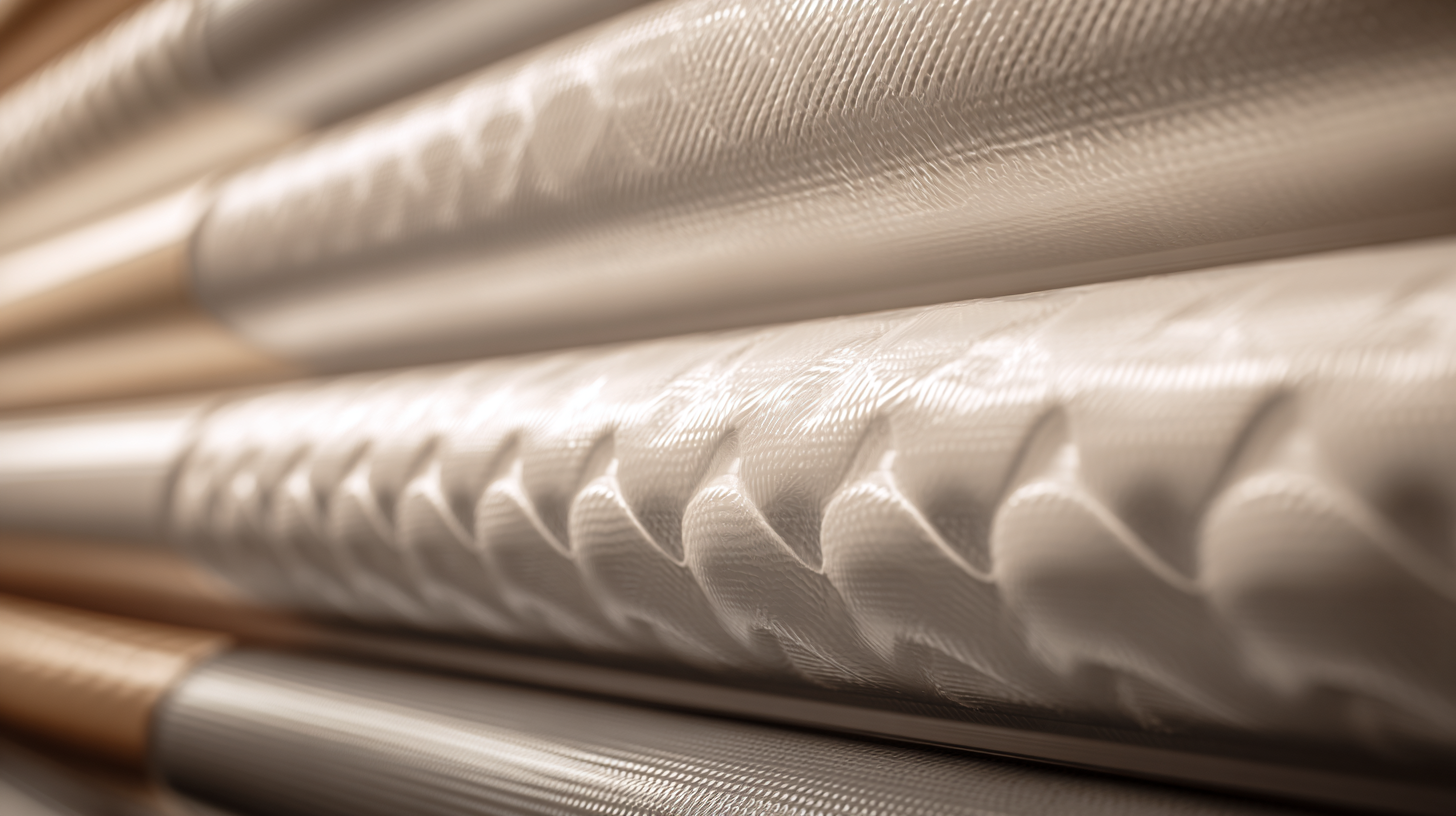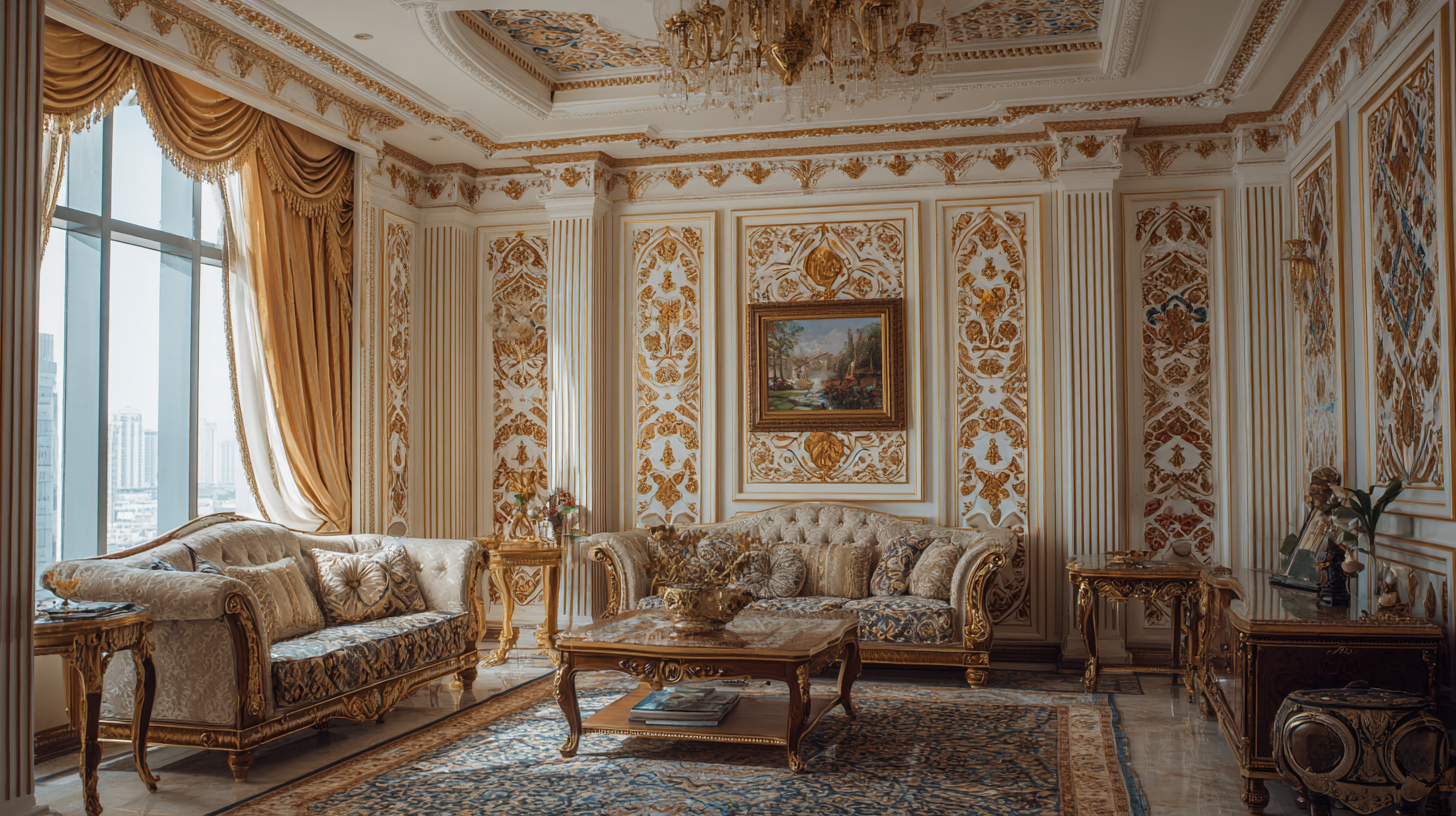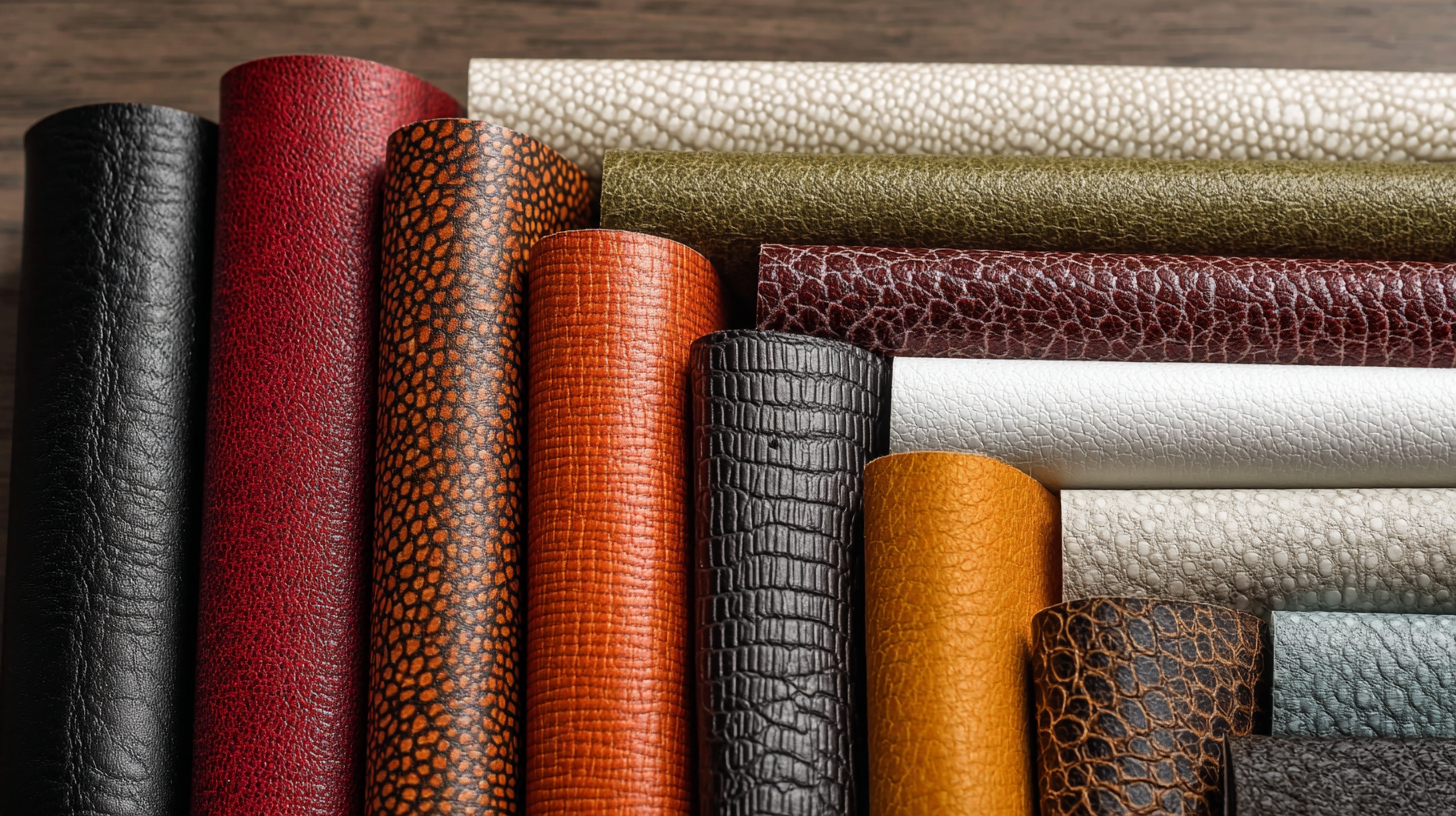Leave Your Message
-
Facebook
-
Whatsapp
-
Whatsapp


In recent years, the demand for premium quality PVC wall cladding has surged, driven by its durability, aesthetic versatility, and cost-effectiveness. According to a report by Allied Market Research, the global PVC wall cladding market was valued at approximately USD 22 billion in 2020 and is projected to reach USD 33 billion by 2027, exhibiting a CAGR of 6.5% during the forecast period. This significant growth is largely fueled by the rising construction activities and renovation projects worldwide, particularly in commercial and residential sectors. As global buyers increasingly prioritize sustainable and innovative building solutions, Chinese factories are stepping up to meet this demand, providing high-quality PVC wall cladding that adheres to international standards. This blog will delve into the various types of PVC wall cladding available, comparing their features, benefits, and suitability for diverse applications, shedding light on why the offerings from China are setting benchmarks in the industry.

The rising trend of PVC wall cladding in global markets is driven by its versatility, durability, and aesthetic appeal. According to a report by MarketsandMarkets, the global PVC wall cladding market was valued at approximately USD 22.4 billion in 2021 and is projected to reach USD 38.9 billion by 2026, growing at a compound annual growth rate (CAGR) of 11.5%. This significant growth can be attributed to the increasing demand for lightweight and cost-effective building materials in both residential and commercial sectors.

Moreover, the growing inclination towards sustainable building practices has further fueled the adoption of PVC wall cladding. As highlighted in a report by ResearchAndMarkets, eco-friendly building materials are expected to account for a substantial share of the market, with manufacturers investing in greener production techniques. In addition, the enhanced properties of modern PVC cladding, such as resistance to moisture, UV rays, and deterioration, make it an attractive choice for builders looking to improve energy efficiency and reduce maintenance costs. As global buyers turn to Chinese factories for premium quality products, the market for PVC wall cladding is set to expand significantly in the coming years.
Chinese PVC wall cladding is rapidly gaining recognition for its premium quality and innovative features, setting a new benchmark in the construction materials industry. Recent reports indicate that the global market for PVC wall cladding is expected to reach approximately $35 billion by 2027, with a significant contribution from Chinese manufacturers. Their advancements in technology and production processes have led to enhanced durability, fire resistance, and aesthetic versatility, making these products increasingly appealing to international buyers.

Moreover, Chinese factories are leveraging their heightened innovation capabilities to produce PVC wall cladding that not only meets rigorous international standards but also incorporates environmentally friendly practices. The integration of advanced manufacturing techniques, such as automation and smart production systems, allows for precise quality control and efficiency. As a result, Chinese PVC wall cladding products are characterized by superior surface finishes, excellent insulation properties, and an extensive range of colors and textures, giving buyers more options for customized solutions. This shift towards quality and innovation reflects China's commitment to becoming a leading player in the global advanced manufacturing landscape.
When sourcing premium PVC wall cladding from China, it's essential to understand the unique advantages that Chinese manufacturers offer. The country's factories are leveraging advanced technologies and rigorous quality control processes to produce high-end wall cladding materials that meet global standards. Buyers should focus on selecting suppliers that prioritize innovation and sustainability, ensuring the materials are not only visually appealing but also environmentally friendly.
Establishing strong relationships with manufacturers is key to successful sourcing. Engaging in direct communication can help buyers gain insights into production techniques, quality assurance practices, and custom options. Additionally, visiting factories or participating in trade shows can provide firsthand experience of the product quality and manufacturing capabilities. This proactive approach not only ensures the procurement of premium PVC wall cladding but also builds trust and long-term collaboration with suppliers, ultimately enhancing business outcomes in the competitive global market.
In recent years, Chinese factories have emerged as key players in the global PVC wall cladding market, primarily due to their commitment to quality assurance practices. A report by Research and Markets indicates that the global PVC wall cladding market is expected to reach $17 billion by 2025, with a significant contribution from high-quality Chinese manufacturers. These companies have adopted rigorous quality control measures at every production stage, from raw material selection to final product testing, ensuring that their offerings meet both domestic and international standards.
One of the critical quality assurance strategies implemented in Chinese PVC manufacturing is the adoption of ISO 9001 standards. According to a survey conducted by the International Organization for Standardization, approximately 80% of Chinese PVC manufacturers are certified, reflecting their dedication to quality management processes. Furthermore, many factories utilize advanced technologies such as automated testing machinery and real-time monitoring systems to detect defects early in the production line. This not only minimizes waste but also enhances product durability, making Chinese PVC wall cladding a preferred choice for global buyers seeking value without compromising on quality.
Navigating the logistics and regulations for importing premium quality PVC wall cladding from Chinese factories can be a complex journey for global buyers. According to a report by Statista, the global PVC market is projected to reach approximately $64 billion by 2026, driven by increasing construction activities and the rising demand for durable and cost-effective building materials. Buyers need to be aware of the logistics involved, including shipping options, lead times, and choosing reliable freight forwarders who are experienced in handling international trade.
Furthermore, compliance with import regulations is crucial. Each country may have different standards regarding building materials, specifically regarding safety and environmental regulations. The World Trade Organization (WTO) emphasizes the importance of meeting these standards to avoid delays at customs. Additionally, understanding tariffs and duties is essential, as these costs can significantly affect the overall pricing and profitability of the imported goods. By staying informed and working closely with suppliers and logistics partners, global buyers can successfully navigate this intricate landscape and take full advantage of the high-quality PVC wall cladding available from Chinese manufacturers.
| Specification | Description | Compliance Standards | Logistics Considerations | Lead Time | Cost (per square meter) |
|---|---|---|---|---|---|
| Thickness | 3 mm to 12 mm | CE, ISO 9001 | Sea freight preferred | 4-6 weeks | $10 - $20 |
| Surface Finish | Glossy, Matt, Textured | ASTM, EN 13501-1 | Air freight for urgent orders | 2-3 weeks | $12 - $22 |
| Color Options | Customizable | REACH, RoHS | Customs clearance required | 3-5 weeks | $15 - $25 |
| Application | Interior and Exterior | BSI, LPCB | Loading dock access | 4 weeks | $11 - $21 |
